What Elements of a Trademark Should be Trademarked?
Look at the two trademarks below. The first is from HomeSchool ThinkTank (a former client of ours), and the second is our company, Law 4 Small Business (L4SB). These trademarks, like many trademarks for small business, are compromised of at least three major elements: Some graphical or stylized element representing “the logo,” the name of the company, and a tagline or slogan, all important things to consider when registering a trademark.
If you were the owner of HomeSchool ThinkTank, what should you do?
- The logo itself?
- The name of the company?
- The slogan or tagline?
- Or all the above (with or without the slogan or tagline)?
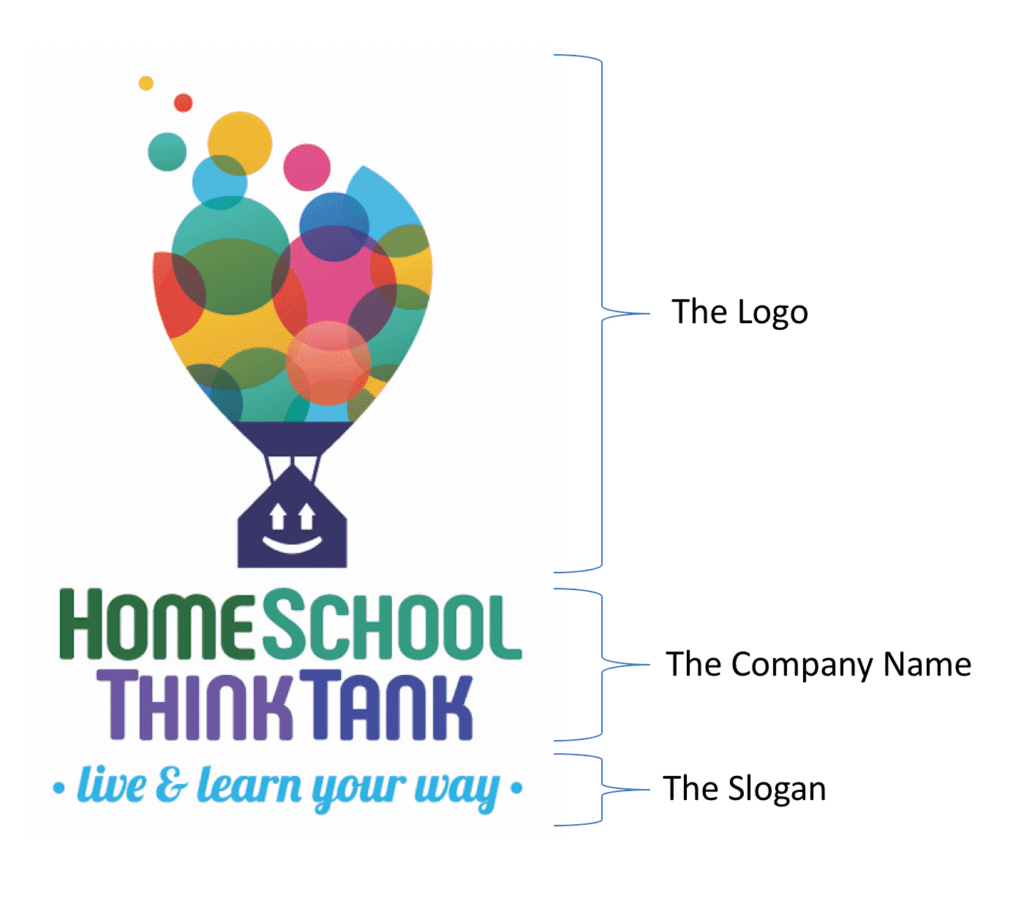
You would be surprised how many people try to register the entire thing, and then get upset later when they cannot prevent someone else from using their company name in the same industry, despite having a valid US trademark for their overall trademark.
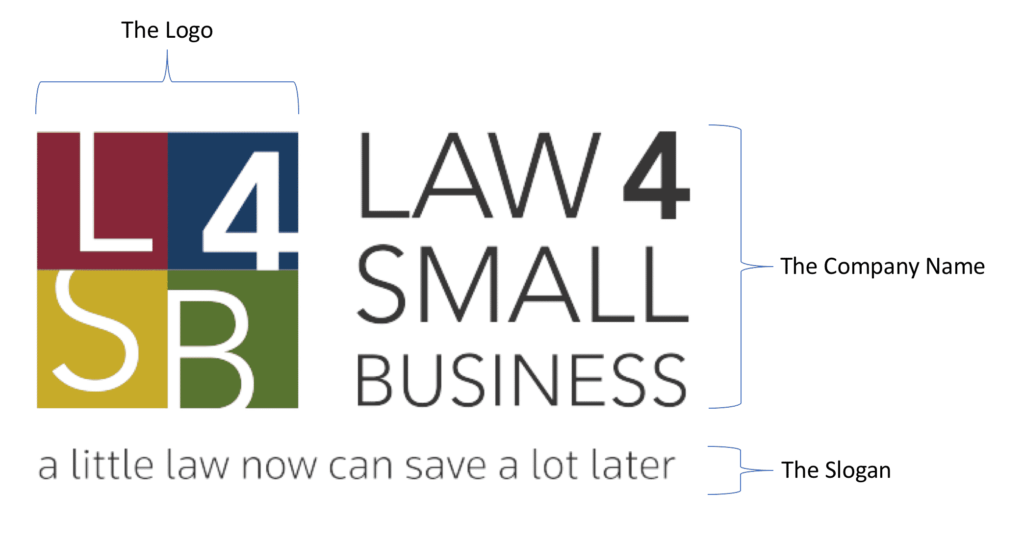
Both examples of the trademarks consist of the graphical or stylized element, the literal word for the company name, and a tagline or slogan. Not all trademarks need to follow this pattern, and indeed many trademarks do not (i.e. where the name of the company is graphically represented in the design element of the logo).
It’s a Balancing Act Between Cost, Availability of the Mark, and Breadth of Coverage.
The question you need to ask yourself when registering a trademark is, what specific element(s) do you consider “unique” and want to prevent others from potentially using, duplicating or creating a “likelihood of confusion?”
Do you want to prevent anyone from using any portion of your trademark? If so, then paradoxically, registering the entire thing will not protect all the elements individually. Registering the entire trademark will only prevent someone else from creating a likelihood of confusion for the entire mark, not specific elements within the mark. To learn more about “likelihood of confusion, read our article entitled, Likelihood of Confusion — Don’t Be Confused by Trademark Law.
What you need to know is, if you want to prevent others from using any specific element of your trademark, then it’s critical that you register those specific elements of your trademark that you want to protect. If you don’t care, and only want to prevent someone from using the entire thing, then registering the entire thing is appropriate.
Unfortunately, the US Patent and Trademark Office (USPTO) charges for each trademark registration, and registering each element separately represents a separate trademark registration with the attendant cost.
Breadth versus Registerability
A “word mark” is considered the strongest form of trademark protection you can obtain. Read more about this in a blog article I previously wrote, entitled Standard Character Marks vs Stylized Logos. The problem is, there can be many reasons you’re unable to obtain a word mark for the name of product or service, including:
- The name is descriptive
- The name is a surname (read more about this)
- The name is geographically misdescriptive
- The name is geographically descriptive (a subset of descriptive)
- The name is common or creates a likelihood of confusion with another trademark
When confronted with a problem registering a word mark, a design mark can be a good fallback option to at least protect the logo or other important aspects of the mark.
In the world of trademark law, the general rule is to seek registration of the simplest form of your mark that will pass muster and be approved. This means, cut out the slogan or tagline. Register the logo alone, and create a separate registration with the logo and name. Register a black-and-white logo, not color.
Some Additional Comments About Trademark Law
Remember that when registering a trademark, you will need to renew your trademark in five (5) years. To do this, you must use your trademark in commerce for those five (5) years consistently, without modification. This has some practical implications you should consider now, while thinking about trademark registration:
- First, what are the odds you may want to change your tagline or slogan down the road? If such a thing is included in your trademark, you better NEVER change it otherwise you could lose your trademark.
- Second, what are the odds you may want to change your logo down the road? Same issue. If you change your logo, and that logo is a part of your trademark, you could lose your trademark when it comes time to renew it.
- Third, love your slogan and want to register it as a trademark? Remember that you can only trademark “source identifiers” for goods or services. Are you using your slogan, by itself, as a “source identifier?” If not, your trademark application (for the slogan alone) will not get approved.
- Fourth, are there many elements to your logo and do you want to use different forms or flavors of your logo? Avoid it. It’s important to use your logo consistently and continuously. You can surely use components of your logo to accent your brand (i.e. taking elements to use as bullets in paragraphs, watermarking pages and more), but don’t inconsistently use your trademark for source-identification. This must be consistent.
- Fifth and finally, is color really important? I know you think it is, but would you be upset if someone had a similar logo, but using different colors? If so, then you want to register a black-and-white logo, without claim to any specific color.
General Advice for Registering a Trademark Given this Article?
Back to HomeSchool ThinkTank. What should you do, if you were the owner?
Given the above, my advice to HomeSchool ThinkTank is as follows:
- Register a Word Mark for HOMESCHOOL THINKTANK
- Register a Design Mark for the BLACK AND WHITE version of the LOGO only, WITHOUT the company name; Unless they intend to NEVER use the LOGO without the company name, then they can register with the company name
- Do not register the Design Mark with the slogan
- Don’t bother registering the Slogan as a Word Mark or Design Mark, unless the slogan will be used by itself, as a source identifier
- Finally, don’t use other iterations of the Design Mark as a source identifier — be consistent
Law 4 Small Business (L4SB). A little law now can save a lot later. A Slingshot company.

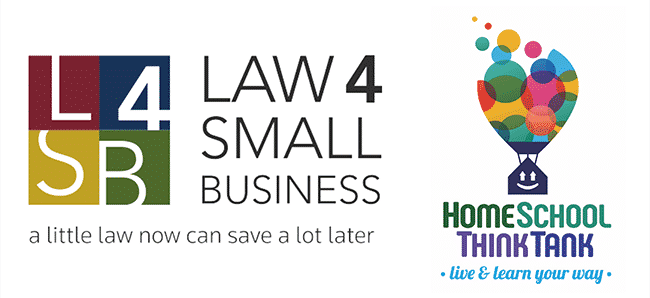

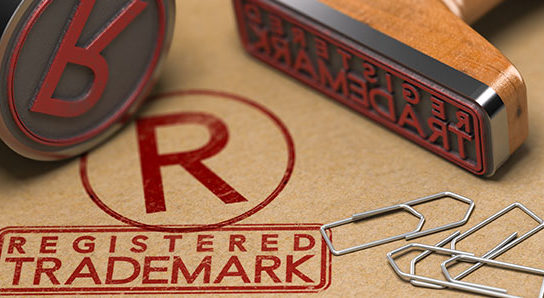
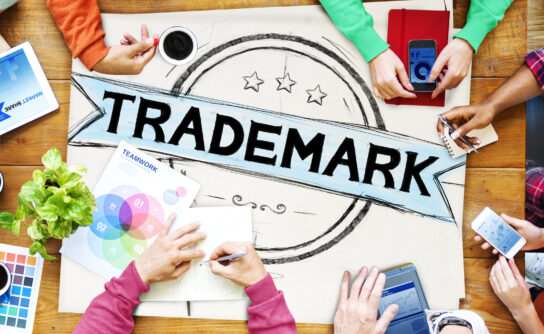
2 Comments
Excellent article in terms of simplicity of complex issues. That said, you might want to fix this: “In the world of trademark law, the general rule is to seek registration of the most simplest form of your mark that will pass muster and be approved. This means, cut out the slogan or tagline.” I’m sure most simplest was a typographical oversight or something of that nature. Thanks for the article.
Yikes! That’s what I get for writing some of these articles late at night.
Thank you for the feedback!
Larry.